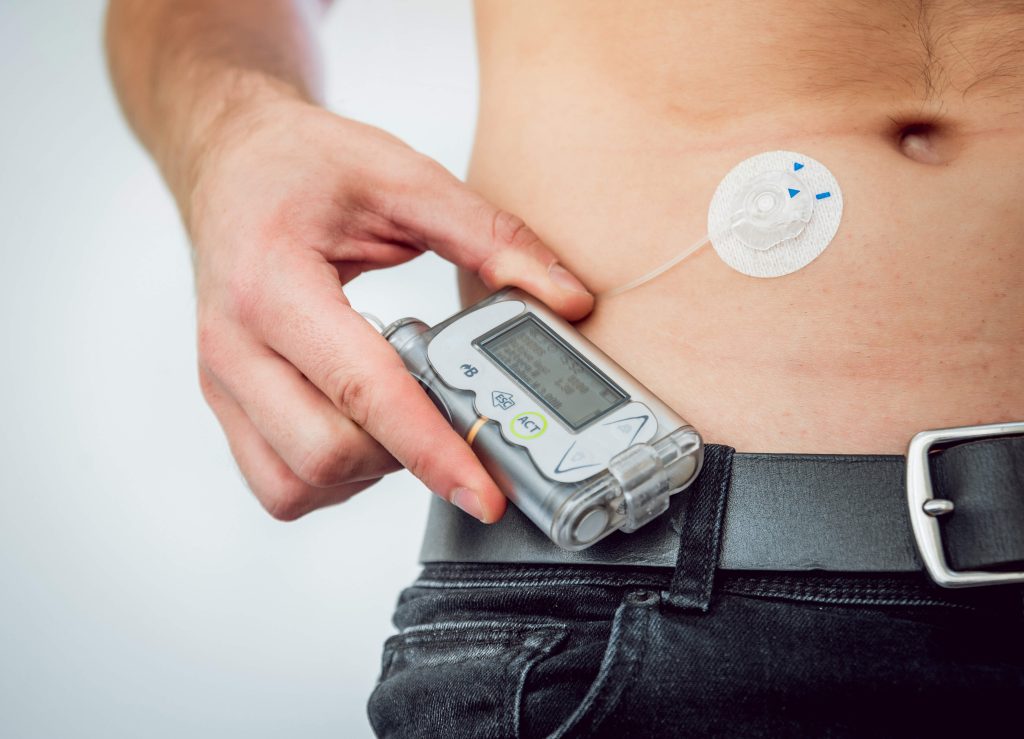
Medical devices serve as vital tools that aid healthcare professionals in diagnosing, treating, and monitoring patients. Much like everything else in the realm of healthcare, their efficiency plays a pivotal role in delivering top-notch patient care.
The World Health Organization (WHO) states that access to quality, affordable, and appropriate products can advance universal healthcare for the global population. In this light, even the most advanced devices can benefit from efficiency improvements to achieve such goals.
Here are practical strategies to do just that.
1. Regular Maintenance and Calibration
One of the fundamental aspects of ensuring optimal device performance is regular maintenance and calibration. Most mechanical parts, like those in a diaphragm pump, can wear out over time. For this reason, experts like KNF UK recommend monitoring their functioning and checking for issues regularly.
Routine maintenance checks help identify and address potential issues before they escalate into critical problems. Moreover, calibration ensures the accuracy and reliability of measurements, reducing errors in patient diagnosis and treatment.
It’s crucial to develop a comprehensive maintenance plan and adhere to the guidelines provided by the device manufacturers. By doing so, healthcare organisations can keep their devices in optimal condition and minimise drawbacks.
2. Streamline Healthcare Workers’ Workflows
Streamlining workflows and eliminating unnecessary steps make healthcare more efficient. Knowing this, medical teams must analyse current processes and identify bottlenecks or redundancies that hinder productivity.
The benefits of reorganising workflows include the following:
- Reduced manual errors
- Enhanced data accessibility
- Greater collaboration among teams
Healthcare professionals can also reduce the time spent on non-essential tasks. In turn, it allows them to dedicate more attention to patient care. Implementing digital solutions like electronic health records (EHRs) and automated data entry systems are helpful steps towards this goal.
3. Enhance Connectivity and Interoperability
Today’s crop of medical devices allows for efficient communication and seamless data exchange for smooth operations. Furthermore, the existing hospital information system can facilitate the process across different platforms.
Implementing interoperability standards, such as Health Level Seven (HL7) or Digital Imaging and Communications in Medicine (DICOM), ensures you can unlock the full potential of such features. Doing so allows you to achieve the following:
- Efficient data analysis for making more informed decisions
- Remote monitoring of projects, patients, or procedures
- Information sharing among multi-professional teams
Accessing and sharing data seamlessly across devices and systems improves the overall efficiency of medical device utilisation.

4. Provide Staff Training and Education
Well-trained staff are knowledgeable in maximising the use of medical devices. That is essential for patients to receive the best possible care experience.
Comprehensive training for healthcare professionals may include:
- Proper usage of each function the device offers
- Maintenance or minor repairs, like replacing a fuse
- Troubleshooting the most common problems they could encounter
Ongoing education programs keep staff updated with the latest advancements in device technology. Consequently, they become skilled and competent enough to promptly identify and resolve device-related issues, minimising downtime and optimising device performance.
5. Efficiently Utilise Data Analytics
Leveraging the power of data analytics can unlock valuable insights for the healthcare team. Collecting and analysing device data can help identify aspects such as:
- Usage patterns
- Detect anomalies
- Predict maintenance needs
Advanced analytics tools offer real-time device performance monitoring, allowing proactive interventions to prevent potential failures. Such data-driven decision-making empowers healthcare providers to optimise resources, reduce costs, and enhance patient outcomes.
By harnessing the wealth of data available from medical devices, organisations can drive continuous improvements in staff and device performance.
6. Implement User-Friendly Interfaces
User-friendly devices feature intuitive interfaces with clear instructions and easily navigable interfaces, simplifying workflows and minimising excessive user inputs. It can also help reduce the potential for errors and save valuable time.
Healthcare workers are less prone to accidents or errors when they operate a user-friendly device, meaning patients have more peace of mind. Conducting user testing and gathering feedback from healthcare professionals can provide valuable insights for continually improving device interfaces and enhancing overall usability.
7. Prioritise Cybersecurity Measures
As medical devices become increasingly connected, robust cybersecurity measures become more critical to protect patient data and prevent unauthorised access. Implementing the best possible efforts to safeguard patient privacy may include:
- Stringent security protocols, like encryption
- Access controls to allow for authorised use only
- Regular security audits to monitor usage
Not only can these efforts help safeguard patient privacy, but they can also maintain the integrity of medical device operations. Staying updated with the latest cybersecurity standards and collaborating with device manufacturers can help address potential vulnerabilities.
Furthermore, prioritising cybersecurity ensures that medical devices remain secure, enhancing trust in the healthcare system.
The Key to Advancement
Improvements in medical device efficacy help deliver high-quality patient care, improving patient outcomes, and fostering continuous innovation in the healthcare industry. Embracing the best possible strategies is paramount to achieving this. Consider how your facility contributes to these efforts today.










